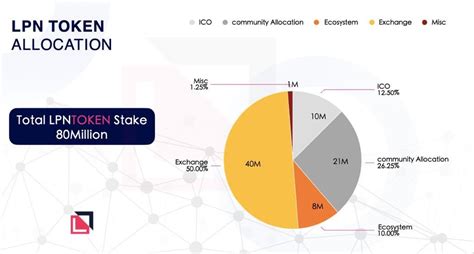The Future of Artificial Intelligence and Tokenomics: Trends to Watch
The integration of artificial intelligence (AI) into blockchain technology has opened up new avenues for tokenomics, a key aspect of cryptocurrency management. As we move towards a world where decentralized finance (DeFi), non-fungible assets (NFTs), and social media platforms are becoming more prevalent, it is essential to understand the role AI plays in shaping the future of tokenomics. In this article, we will delve into the current trends and predictions of tokenomics related to the use of AI.
Understanding Tokenomics

Tokenomics refers to the study of the economics and finance of tokens or blockchain-based assets. It involves analyzing the supply, demand, and distribution of tokens within a given ecosystem. The primary goal of tokenomics is to ensure that the value of a token remains stable and aligned with its intended use case.
The Rise of AI in Tokenomics
With the advancement of AI technology, it has become a fundamental tool for optimizing tokenomic models. AI algorithms can analyze vast amounts of data, identify patterns, and make predictions about market trends, supply and demand dynamics, and even potential risks associated with certain projects. By leveraging AI, developers and researchers can create more efficient, flexible, and adaptable tokenomic systems.
Trends to Watch
- AI-powered market makers: With the rise of decentralized exchanges (DEXs) and automated market makers (AMMs), AI is being used to optimize market conditions, execute trades, and provide liquidity to users. These market makers use machine learning algorithms to analyze market data, identify opportunities, and adjust their strategies in real time.
- Tokenomics Modeling: AI-driven tokenomics models can simulate various scenarios, allowing developers to test and refine their designs before launching a project. This feature enables a level of experimentation that would be difficult or impossible with traditional methods.
- Data-Driven Decision Making: AI-driven decision-making platforms use data analytics to identify potential risks, opportunities, and trends within the ecosystem. These systems can provide insights that help developers make informed decisions about their projects and navigate complex market dynamics.
- Token Distribution and Governance: As token distribution models become more sophisticated, AI is being used to optimize token distribution strategies, ensuring that tokens are distributed fairly and efficiently.
Predictions for the Future of Tokenomics
Based on current trends and developments, here are some predictions for the future of tokenomics:
- Increased adoption of artificial intelligence in DeFi: As DeFi grows in popularity, we can expect AI-driven solutions to become more prevalent, allowing developers to create more efficient, secure, and scalable lending platforms.
- Increased focus on sustainable token supply
: The rise of sustainable investing and environmentally conscious tokenomics will place a greater emphasis on ensuring that token supply is aligned with environmental goals.
- Expansion of blockchain-based governance: AI-based governance systems will become more sophisticated, allowing decentralized organizations to manage their assets more efficiently and effectively.
Conclusion
The integration of AI into tokenomics has the potential to revolutionize the design, deployment, and management of blockchain-based devices. As AI continues to evolve, it will play an increasingly important role in shaping the future of tokenomics. By leveraging machine learning algorithms and data analytics, developers can create more efficient, flexible, and adaptive systems that are better aligned with market trends and user needs.
Recommendations for developers
1.
Deixe um comentário Cancelar resposta